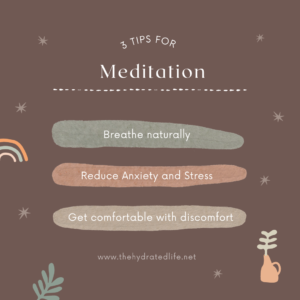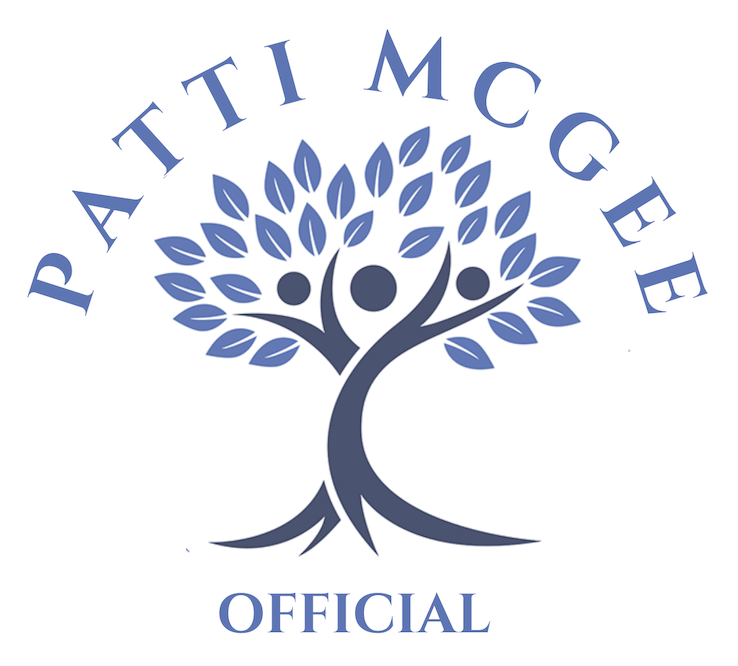 Anxiety, breathing and healing
Anxiety, breathing and healing
As a massage therapist, I teach people to breath to reduce anxiety and create healing in the body. When I ask them to take a deep breath in, they automatically do mouth breathing. When I teach them to do nasal breathing they automatically relax and I am able to release their trigger points with less pain which creates a healing in the body while relaxation is occurring. The focus is to reduce anxiety, learn three breathing techniques and heal your body.
The Respiratory System
The respiratory system is a complex network of organs and tissues that work together to provide oxygen to the body and remove carbon dioxide. It includes the lungs, airways, and respiratory muscles. The primary function of the respiratory system is to facilitate gas exchange between the body and the environment. Oxygen is taken in by the lungs and transported to the cells of the body, while carbon dioxide is removed from the body through exhalation. Proper breathing techniques provides health and healing to your body and mind.
The respiratory system plays a critical role in maintaining homeostasis in the body. It is involved in regulating the pH of the blood, controlling blood pressure, and supporting the immune system. The lungs are also responsible for filtering and removing harmful substances from the air that we breathe.
Anxiety is a common mental health condition that can affect anyone at any age. It is characterized by feelings of worry, fear, and apprehension. Anxiety can be caused by a variety of factors, including stress, trauma, and genetics. Symptoms of anxiety include rapid heartbeat, shallow breathing, and a feeling of unease.
Breathing techniques are a simple yet effective way to reduce anxiety and promote relaxation. Here are three breathing techniques that can help:
-
Diaphragmatic Breathing technique
Diaphragmatic breathing, also known as belly breathing or deep breathing, is a relaxation technique that involves taking slow, deep breaths from the diaphragm. The diaphragm is a muscle located at the base of the lungs that helps to control breathing.
To practice diaphragmatic breathing, start by finding a comfortable seated position. Place one hand on your chest and the other on your belly. Take a deep breath in through your nose, allowing your belly to expand as you inhale. Exhale slowly through your mouth, allowing your belly to fall. Repeat this process for several minutes, focusing on the sensation of your breath moving in and out of your body.
Diaphragmatic breathing can help to reduce anxiety by activating the body’s relaxation response. It can also help to improve lung function and oxygenation.
-
Box Breathing technique
Box breathing is a simple yet effective breathing technique that can help to reduce stress and promote relaxation. It involves taking slow, deep breaths while visualizing the sides of a box. According to a Cleveland Clinic article https://health.clevelandclinic.org/box-breathing-benefits/ box breathing is a technique to help you stay calm and one that the United States NAVY SEALs use for training.
To practice box breathing, start by finding a comfortable seated position. Close your eyes and take a deep breath in through your nose for a count of four. Hold your breath for a count of four. Exhale slowly through your mouth for a count of four. Hold your breath for a count of four. Repeat this process for several minutes, focusing on the visualization of the box as you breathe.
Box breathing can help to reduce anxiety by promoting deep relaxation and calming the mind. It can also help to improve focus and concentration.
-
Progressive Muscle Relaxation technique
Progressive muscle relaxation is a relaxation technique that involves tensing and relaxing different muscle groups in the body. It can help to reduce muscle tension and promote relaxation.
To practice progressive muscle relaxation, start by finding a comfortable seated position. Close your eyes and take a deep breath in through your nose. As you exhale, focus on your body and notice any areas of tension or discomfort. Starting with your feet, tense the muscles in your feet and hold for a few seconds. Then release the tension and relax the muscles. Move on to your calves, thighs, abdomen, chest, arms, and shoulders, repeating the process of tensing and relaxing each muscle group.
Progressive muscle relaxation can help to reduce anxiety by promoting relaxation and reducing muscle tension. It can also help to improve sleep and overall well-being.
In conclusion, the respiratory system is a vital component of the body that plays a crucial role in maintaining homeostasis. It is involved in regulating the pH of the blood, controlling blood pressure, and supporting the immune system. Maintaining a rhythmic breathing pattern is key to reducing anxiety in children and adults.
